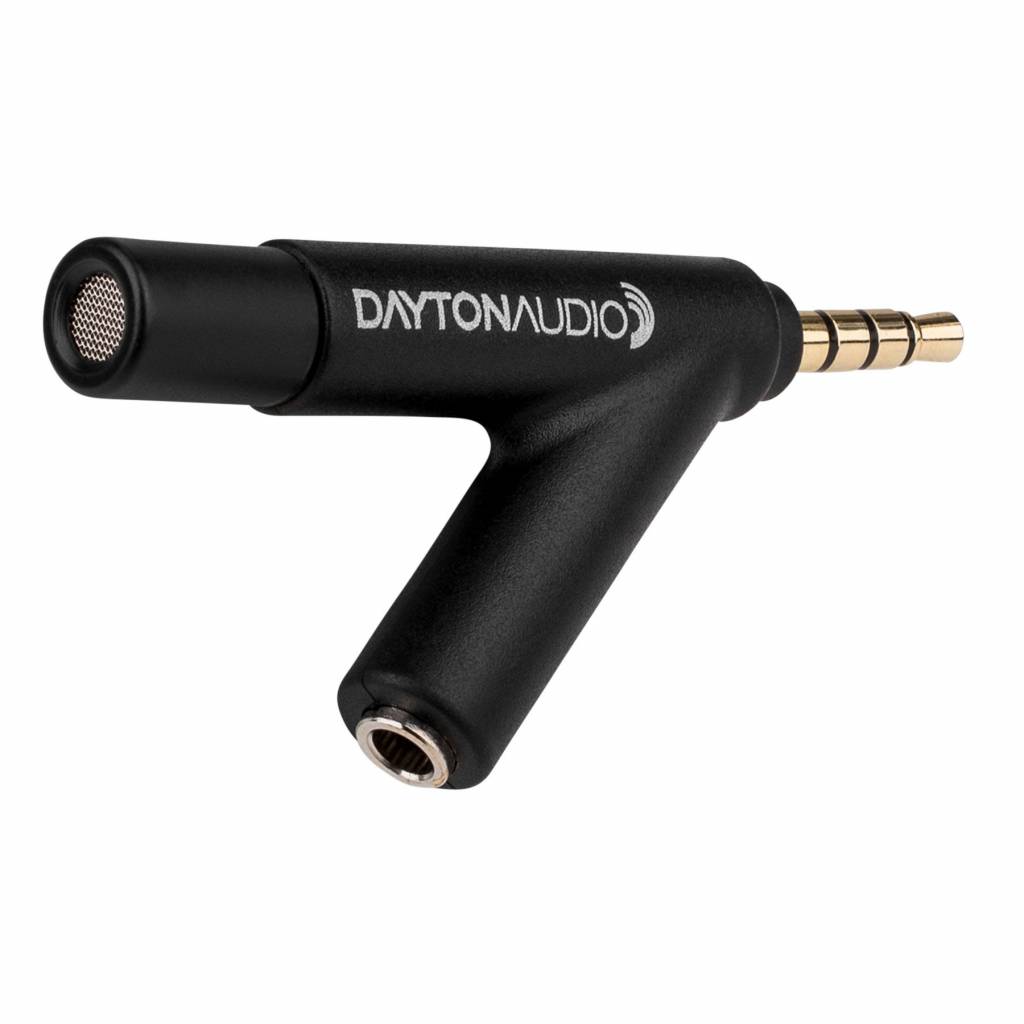With some higher quality microphones, you may avoid some of these issues of frequency response, but another important aspect is the ability to pick up
low level sound. This is once aspect that motivated me to use better recording equipment: I wanted to see how well the details that I was hearing in my room could be conveyed through a recording. Recording with an iPhone, you simply cannot grasp the level of "finesse" that many systems produce (whether using digital or analog sources, and for probably many different types of speakers). This low level detail is something that I feel is fundamental to our appreciation of hi-fi.
Recordings of hi-fi shows are probably always going to be inadequate to evaluate that aspect of sound reproduction, to the extent that the rooms are so noisy. Playback at high SPL do compensate somewhat for this. The better recordings made on some YouTube channels also seem to be taken when less people were in attendance.
Unfortunately for us, things are not so simple, and we also have to take into account the ambient noise of the spaces we listen in (and more generally the acoustics). In a living room, noise level is typically above 30db (very good). 40db would probably be the norm, if you don't live in a noisy urban environment or have good sound insulation (ex: double-glazed windows). In a recording studio, noise level can be as low as 20db! This noise-level obviously makes a huge difference in our ability to hear low level detail without risking damaging our ears by pushing the volume too high.
Since our listening conditions are not all the same, it can make comparisons difficult (again, on that aspect).
The cello recordings we discussed before were made with a Zoom H4N Pro recorder, in what seems to be a living room, with the recorder located probably fairly close to the instrument. The level of detail in the recording is quite good (as mentioned before, you can hear the faint noise of NY streets in the background when she is talking):
This level of refinement in the recording obviously contributes greatly to the sense of realism, though there may be other aspects to take into account.
A basic SPL meter giving a noise level in your room may not give us the full picture.
In my room, my microphone/recorder was picking up too much low frequency noise. I recently found the issue, walking around the room late at night, with the recorder & mic in my hand and headphones plugged in. I realized that this noise was coming mostly from the building's ventilation shaft in the far corner of the living room. As I live on the top floor of the building, the extractor is located just above me, and produces a constant low level and low frequency hum that is perfectly inaudible, to my ears, from my listening position. You can hear it clearly in some of my recordings, before the music starts and when the music ends.
So in order to avoid noise, using these sensitive recorders, you may need to adjust the input level of the recorder, to mask the ambient noise, and record from your listening point at significantly higher volumes than you would normally be listening to (which is something I was not doing, being such an "amateur"). You can also attempt to isolate the source of noise...









